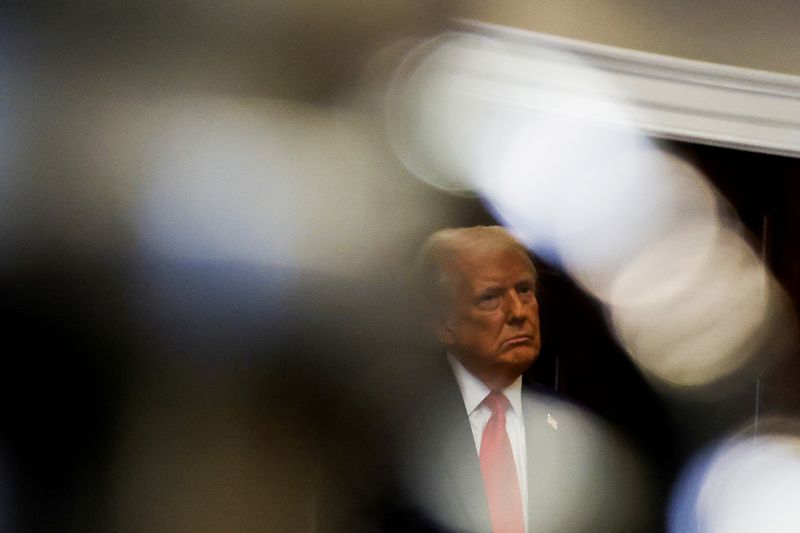
By Arunima Kumar
LONDON (Reuters) – Oil futures steadied on Friday after data showed a fall in crude and fuel inventories in the United States and the emergence of more fiscal stimulus to boost China’s economy, though prices were headed for their biggest weekly loss in more than a month.
Brent crude futures gained 23 cents, or 0.3%, to $74.68 a barrel by 0840 GMT, while U.S. West Texas Intermediate crude was at $70.96 a barrel, up 29 cents, or 0.4%.
Brent and WTI are set to fall about 6% this week, their biggest weekly decline since Sept. 2, after OPEC and the International Energy Agency cut their forecasts for global oil demand in 2024 and 2025.
Fears also eased about a potential retaliatory attack by Israel on Iran that could disrupt Tehran’s oil exports.
“Positive U.S. economic data has helped alleviate some growth concerns, but market participants continue to monitor potential demand recovery in China following recent stimulus measures,” said Hani Abuagla, senior market analyst at XTB MENA.
U.S. retail sales increased slightly more than expected in September, with investors still pricing in a 92% chance for a Federal Reserve rate cut in November. [FEDWATCH/] [US/]
Elsewhere, Energy Information Administration (EIA) figures showed U.S. crude oil, gasoline and distillate inventories fell last week.
Meanwhile, China’s central bank rolled out two funding schemes that will initially pump 800 billion yuan ($112.38 billion) into the stock market through newly-created monetary policy tools.
The latest policy news came at the same time that data showed slow third-quarter economic growth for the world’s top oil importer, though consumption and industrial output figures for September beat forecasts.
China’s refinery output also declined for the third straight month as weak fuel consumption and thin refining margins curbed processing.

Markets, however, remained concerned about possible price spikes given simmering Middle East tensions, with Lebanon’s Hezbollah militant group saying on Friday it was moving to a new and escalating phase in its war against Israel after the killing of Hamas leader Yahya Sinwar.
“Although the U.S. would like to believe that the killing of the leader is an opportunity to resume serious and meaningful peace talks, it seems more like a wishful thinking than a realistic alternative,” said Tamas Varga, an analyst with oil broker PVM.
This post is originally published on INVESTING.



